Back on the road, and on our way south, we visit a lush rainforest, which, fortunately, was declared a national park in 1991 to protect the recently discovered golden bamboo lemur.


Protecting the lemur’s habitat in Ranomafana National Park simultaneously protects the habitat of all the other plants and animals that live here, including 12 species of lemur and a number of other endemic species. One of these endemic species is the spectacular 15-20 cm wide comet moth, which only lives for a few days.
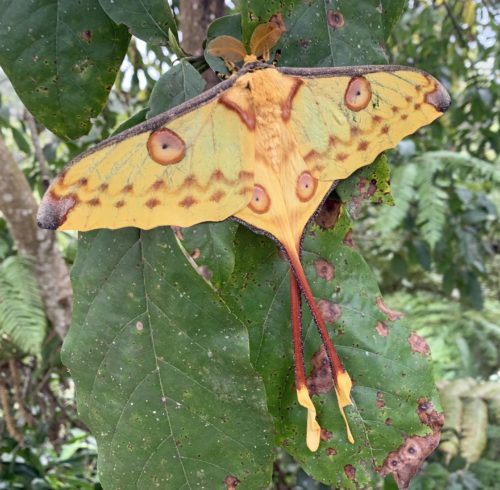
Ranomafana National Park is also known for its orchids.

While I take this picture, a frog keeps croaking. Following the sound, I find this little guy, which I introduced you to in a previous blog post.

Another nifty creature we spot in the rainforest is the giraffe-necked weevil.
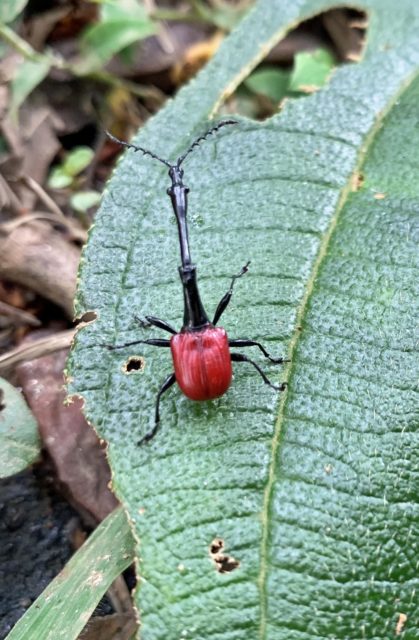
As we progress in a diagonal, southwesterly direction, the landscape becomes more arid and rocky, the farms less fertile, and the poverty more apparent. The typical two-story brick houses we have hitherto seen are replaced by one-story thatched cottages.
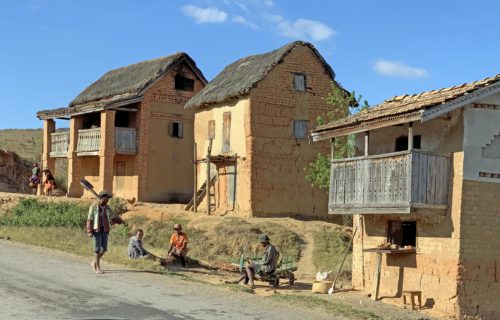

Finally, all is just rocks, cliffs and dry earth.
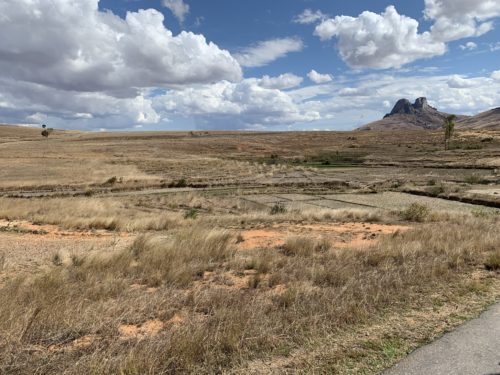

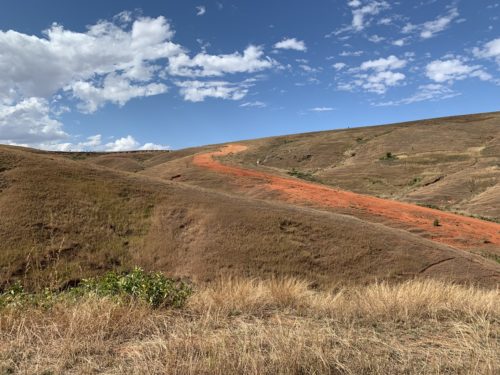
We go for a long and hot walk in the arid landscape.

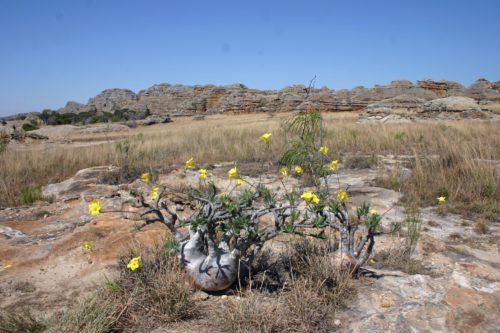
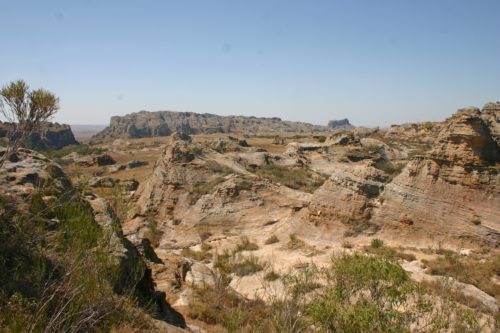
I spot something that looks like dancing snowflakes, as you can see in the video below. In reality, they are juvenile flatid leaf insects having a bit of a tussle with each other. The white stuff is a waxy substance they extrude to deter predators. Pretty cool!
Many of the plants here are spiny, spiky and prickly.
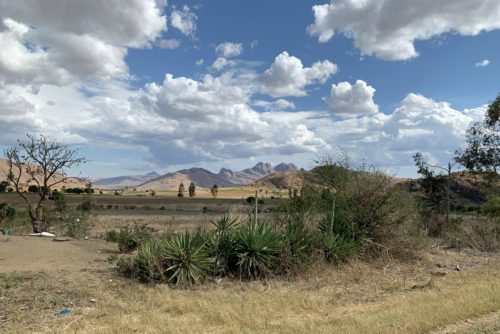
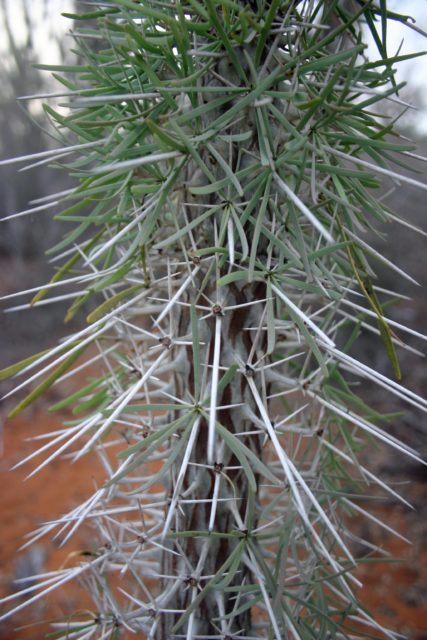

Others are succulents. One of my favourite succulents is the elephant’s foot plant with its delicate yellow flowers.
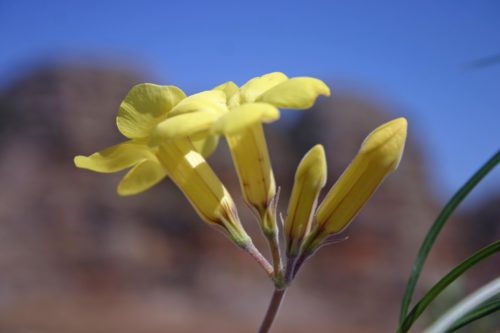
My all time favourite, though, is the baobab tree, which is also a succulent. We go for a morning walk in a protected wood with lots of these wonderful giants.
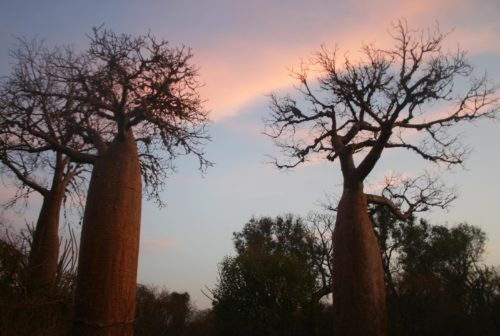
The baobabs in Madagascar belong to different species than the ones you see see on mainland Africa. Some of them look like bottles.
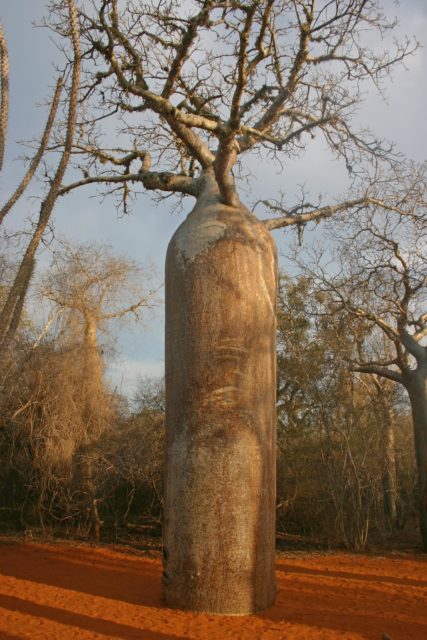
Because they are not ravaged by elephants, they grow straight.
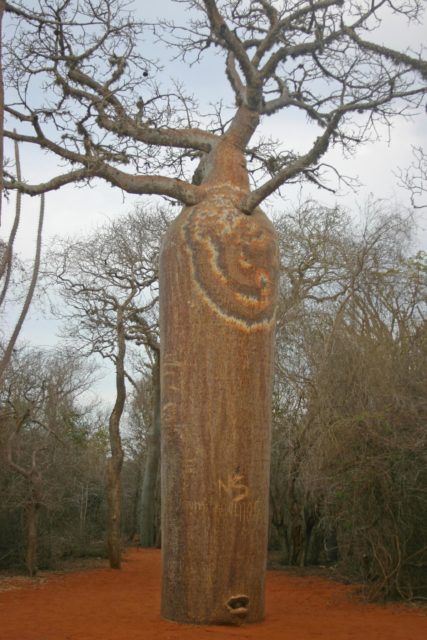

I have often wondered what a baby baobab tree looks like. Well, now I have the answer:


